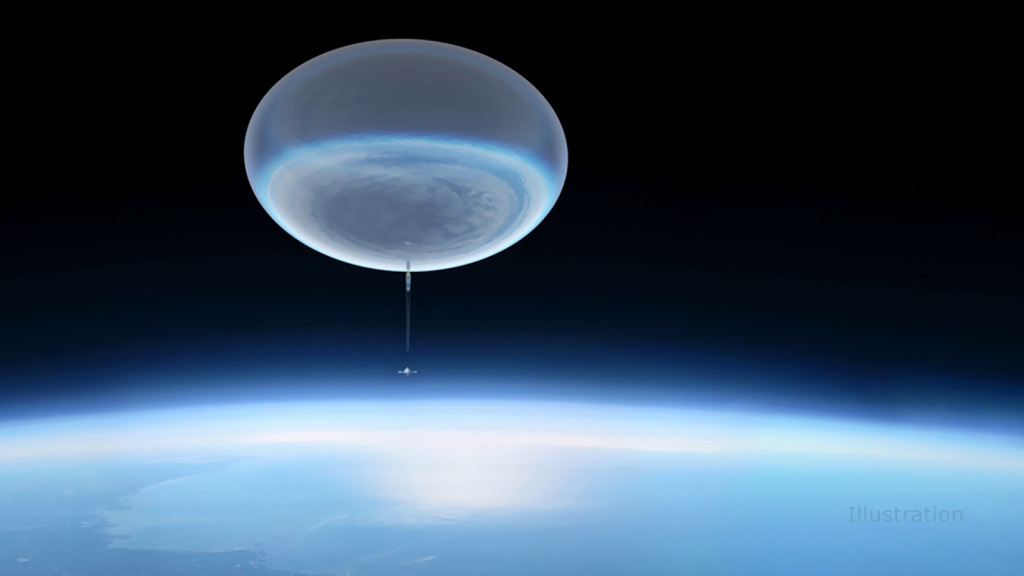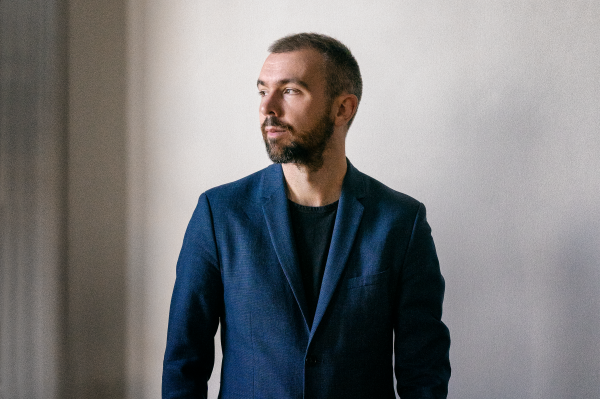It sounds like something out of a Jules Verne story from the 1800s: Scientists plan to build a balloon the size of a football stadium and attach a telescope to it, then float it nearly 25 miles over the South Pole to study the stars.
But it’s not science fiction. It’s a real project that will launch in 2023, overseen by engineers at NASA’s Jet Propulsion Laboratory in Southern California.
Planned to launch in 2023 from McMurdo Station in Antarctica, the mission is called ASTHROS (short for Astrophysics Stratospheric Telescope for High Spectral Resolution Observations at Submillimeter-wavelengths).
Researchers will inflate the huge balloon, made of polyethylene plastic — and only 2 millimeters thick — filling it with helium.
“It’s basically the same material as a plastic bag in a supermarket,” said project manager Jose Siles, an engineer at the Jet Propulsion Laboratory, in Pasadena.
They’ll attach a gondola to the balloon with a 900-foot tether, then send it skyward over the frozen tundra of the South Pole, letting it drift up to about 130,000 feet, roughly four times as high as commercial jets fly.
The gondola will be filled with scientific instruments, including a 2.5-meter radio telescope that observes far-infrared light, or light with wavelengths longer than what is visible to the human eye. It will be the largest telescope ever put on a balloon for space exploration. Total weight of the gondola and all the gear inside: about 5,500 pounds, roughly the weight of a pickup truck.
Balloons may sound like a relic from the past. But NASA’s Scientific Balloon Program has been operating for 30 years at Wallops Flight Facility in Virginia. The program launches about a dozen missions a year from locations around the globe, including deserts.
Balloon missions have lower costs than traditional space missions using rockets, and they can be planned and executed more quickly.
“Balloon missions like ASTHROS are higher-risk than space missions but yield high-rewards at modest cost,” Siles said. “We’re aiming to do astrophysics observations that have never been attempted before. The mission will pave the way for future space missions by testing new technologies and providing training for the next generation of engineers and scientists.”
The scientists chose Antarctica for two main reasons. First because of the air currents over the remote continent, balloons there drift in a fairly predictable pattern, and are easier to track and recover than if launched from other places. This mission will last about three weeks, sending down real-time data.
Second, Antarctica is literally in the middle of nowhere. Which is helpful.
“If something happens, you aren’t going to kill anyone or destroy anything,” Siles said. “Safety is important.”
The mission will study wavelengths blocked by Earth’s atmosphere, aimed at four key targets: two star-forming regions in the Milky Way galaxy, the galaxy Messier 83, and a young star named TW Hydrae where planets may be forming.
When the work is finished, the scientists plan to automatically release the gondola, which drifts back to Antarctica with the help of a parachute. Using GPS technology they track it, then take a helicopter or plane to recover it. The balloon will tear, deflate, and also fall back to Antarctica for the scientists to recover.
As for the gondola payload, researchers will try to time the currents so that it lands relatively near McMurdo Station. But some of that final location is up to fate.
“We can’t guide it down,” said Siles. “We have to predict where it is going to land based on the winds.”











